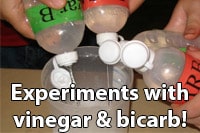
The countdown begins. The anticipation builds. Steady hands grip the beaker and empty its contents into the mouth of the volcano. As bicarb soda comes in contact with vinegar, it erupts with glorious foam! Making a vinegar and bicarb soda volcano is a staple in every school kid’s science experience. But are you sick of doing the same old thing for the umpteenth time? We’ve racked our brains to come up with the following list of experiments using vinegar and bicarb soda, to teach not only chemistry or geology; but a plethora of scientific principles!
Time to raid the cupboard…
Vinegar and bicarbonate soda chocolate cake!
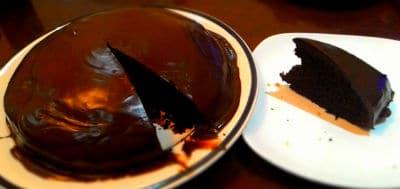
Decadent, chocolatey science!
Baking, one of my favourite types of science! It is a wonderful way to teach the importance of following experimental methods, since the deliciousness of the end product depends on it! Common raising agents used in cake making are baking powder, bicarb soda, or eggs. This particular recipe utilises the fizz from the vinegar and bicarbonate soda reaction to give the cake its height and doesn’t require any fancy mixers or equipment. Try varying the amount or ratio of vinegar and bicarb soda as a science project, and see how it affects the cake!
Ingredients
- 1 1/2 cups plain flour
- 1 cup caster sugar
- 1/2 cup good quality cocoa powder
- 1 tsp bicarb soda
- 1/2 tsp salt
- 1/3 cup oil (olive or rice bran)
- 1 tbsp vinegar (balsamic is best!)
- 3 tsp vanilla
- 1 1/4 cup water
Method
- Mix dry ingredients in a bowl with a whisk.
- Add wet ingredients and whisk until just mixed.
- Pour mixture into a greased and lined cake pan.
- Bake at 180℃ in a preheated oven for approximately 40 minutes. Check by poking the cake with a skewer, it should come out clean when the cake is done.
- Let cool for 10 minutes before handling.
Serve hot with ice cream as a pudding or add icing when it’s completely cooled, and you’ll have a science lesson for dessert!
Fizzy bombs
Here’s a good one for the little ones. Make colourful bicarb soda bombs and watch them fizz as you drizzle vinegar on them or drop one into a glass of vinegar!
What you will need
- A container
- Spoon
- 1/2 cup bicarb soda
- Food colouring
- Water (optional)
- Muffin tray or ice cube tray
Method
- Pour bicarb soda into the container, carefully mix in a few drops of food colouring at a time with a spoon until you get the desired colour.

- The mixture should be crumbly and holds its shape when pressed with the spoon. If not, add a few drops of water and mix, repeat until it does.
- Fill the muffin tray or ice cube tray with the mixture, about 2/3 of the way up. Pack down with the back of the spoon.
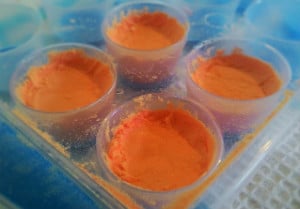
- Leave to dry for an hour then turn out onto a plate.
- Drip vinegar on top of the fizzy bomb or chuck one into a cup of vinegar!
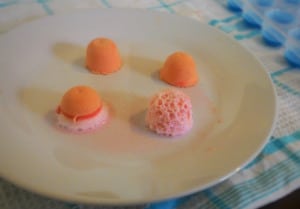
Try using ice cube trays with crazy shapes for extra awesome fizzy bombs!
Endothermic reactions
There are many ways to tell if a chemical reaction has occurred; temperature change is one of them. When vinegar and bicarb soda are undergoing a chemical reaction, the mixture gets noticeably colder! That’s because the reaction is endothermic, which means it absorbs energy from its surroundings during the process.
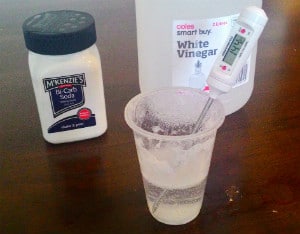
Easy kitchen chemistry with vinegar and bicarb soda!
What you will need
- Foam cup
- Thermometer
- 1/4 cup vinegar
- 1 tbsp bicarb soda
Method
- Pour vinegar into the foam cup and measure its temperature with the thermometer. Record.
- Add the bicarb soda gradually to avoid overflowing foam, stirring with the thermometer.
- Record the lowest temperature when the reading on the thermometer stops dropping.
You can ask your students to make observations during the experiment: did the temperature increase, decrease, or stay the same? What else did they notice about the reaction? Comparing results across the class can lead to a discussion about the reasons why there might be variations in the results.
As an extension for high school chemistry, you can use this experiment to demonstrate how to calculate the change in enthalpy for a reaction:
delta H equals C x M delta T
where:
ΔH = change in enthalpy (kJ),
C = specific heat capacity of water (4.18 kJ kg-1 °C-1),
M = mass of solution (kg),
ΔT = change in temperature of the solution (°C).
Hot ice… an exothermic reaction
One of the products of the vinegar and bicarb soda reaction is sodium acetate. It is used as a flavouring for salt and vinegar chips (yum!) as well as the main ingredient for a pocket warmer.
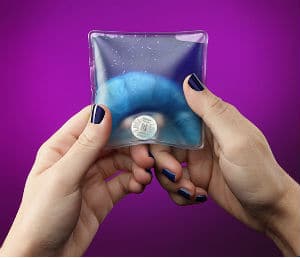
Watch as the liquid turns to solid while releasing a whole lot of heat!
Pocket warmers contain a supersaturated solution of sodium acetate, where heaps of sodium acetate solids are dissolved in just a tiny amount of water. The solution is liquid until the little metal disk is clicked in and initiates an exothermic crystallisation. The clear liquid turns into a white solid fairly quickly and releasing heat in the process, hence it is often called “hot ice”. This cool experiment can easily segue to a discussion about states of matter or activation energy of a chemical reaction. Here is a video demonstrating how to make sodium acetate with items bought from the supermarket or pharmacy, so you can try making “stalagmites” or “hot ice” with you students too!
As you can see, these versatile kitchen chemicals can be used to teach energy conversions, forces, reaction rates and more. In case you’re wondering, the following is the overall reaction which you find traditionally written:
Vinegar + Bicarbonate Soda —> Carbon Dioxide + Water + Sodium Acetate
i.e
NaHCO3 (aq) + CH3COOH (aq) —-> CO2 (g) + H2O (l) + CH3COONa (aq)
But really, the reaction occurs in two steps! First, there is a double displacement reaction in which acetic acid in the vinegar reacts with sodium bicarbonate to form sodium acetate and carbonic acid:
NaHCO3 + HC2H3O2 → CH3COONa + H2CO3
The carbonic acid is unstable though, so it breaks down into liquid water and carbon dioxide as a gas in a decomposition reaction
H2CO3 → H2O + CO2
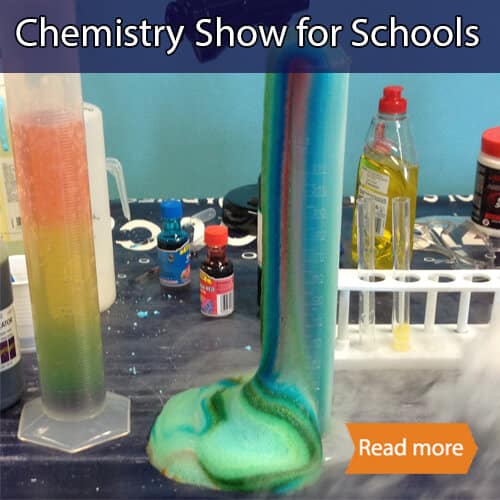
School chemistry show for primary & secondary students
Happy teaching,
Jaqueline Kao.
Want more free science experiments?

NEW Primary science teaching book!
“Be Amazing! How to teach science, the way primary kids love”

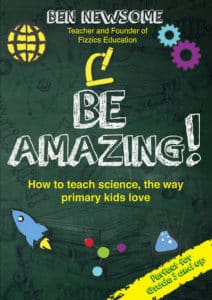





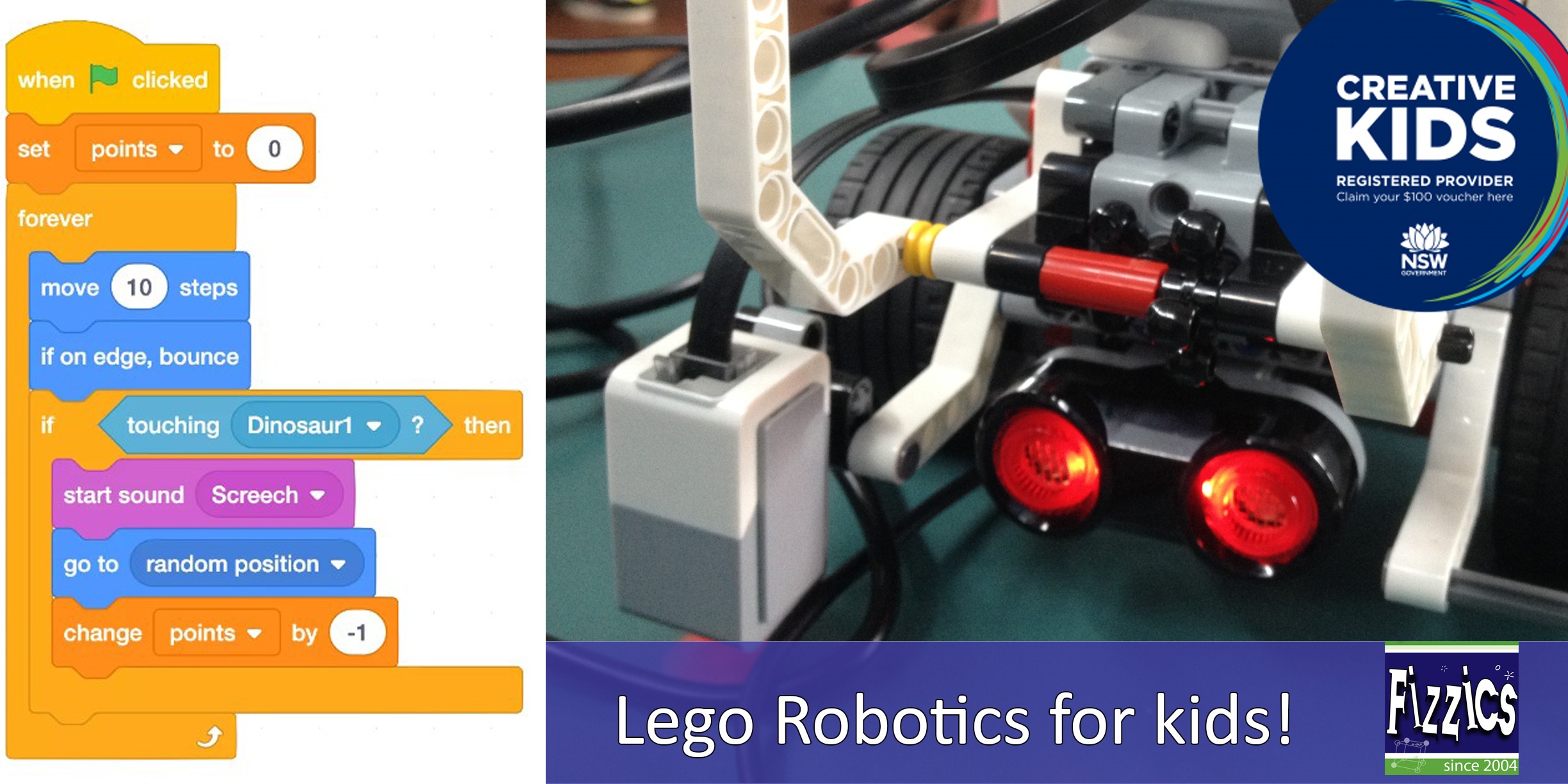
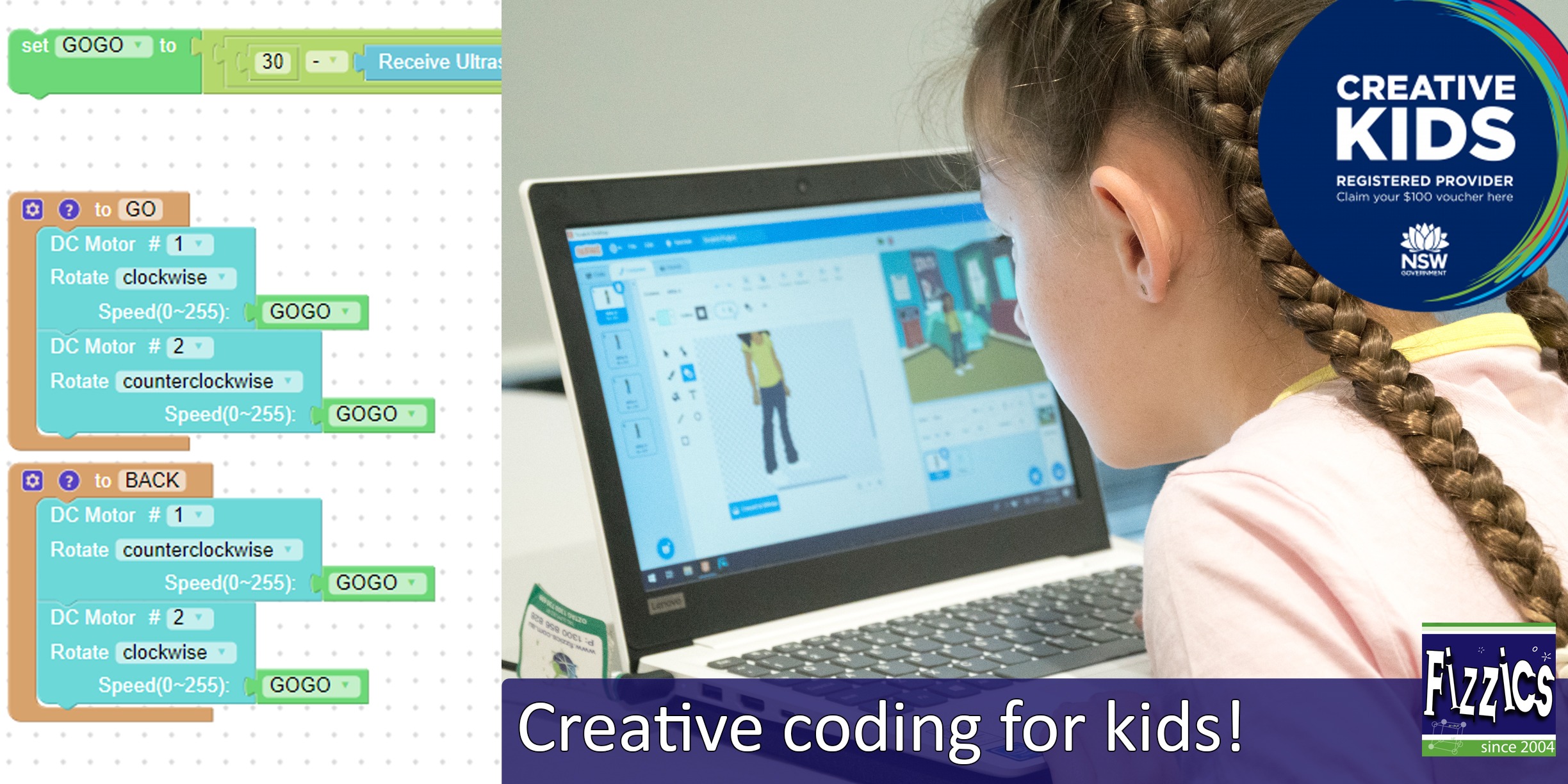
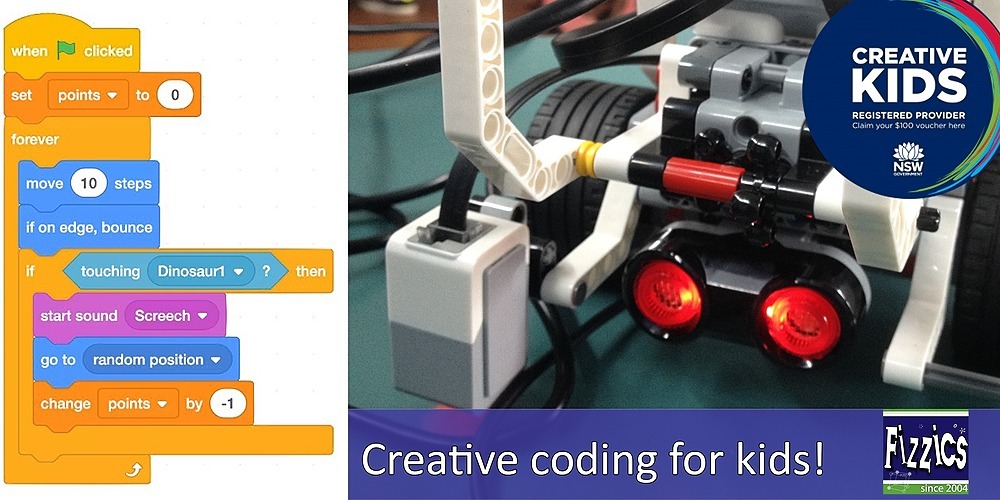
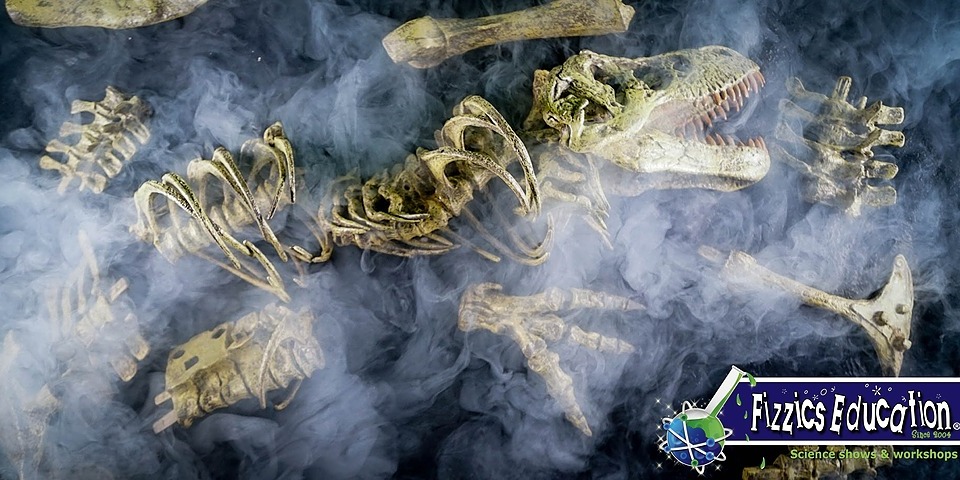
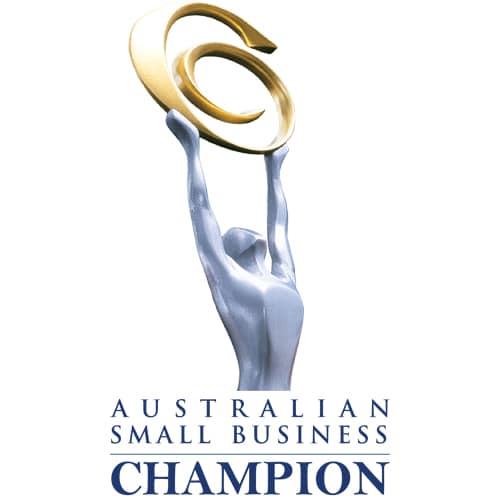



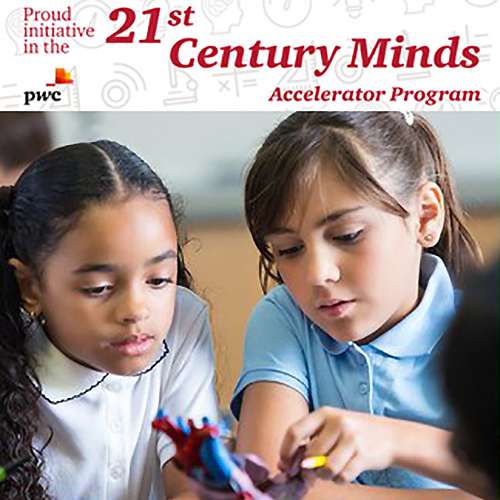
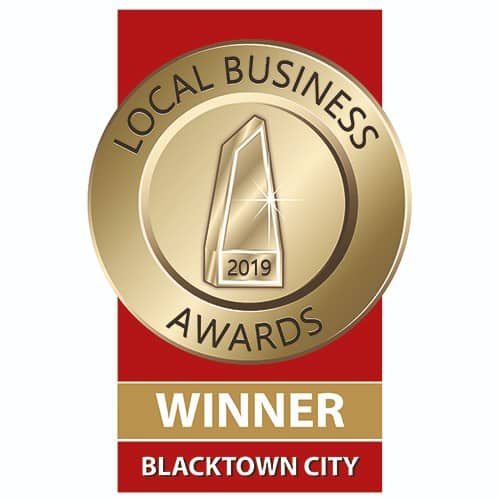






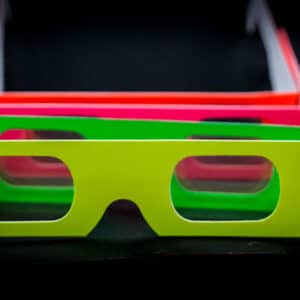
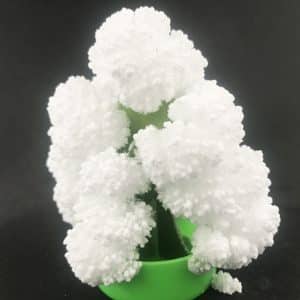
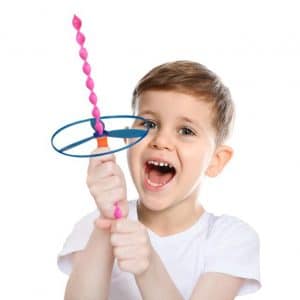

Comments